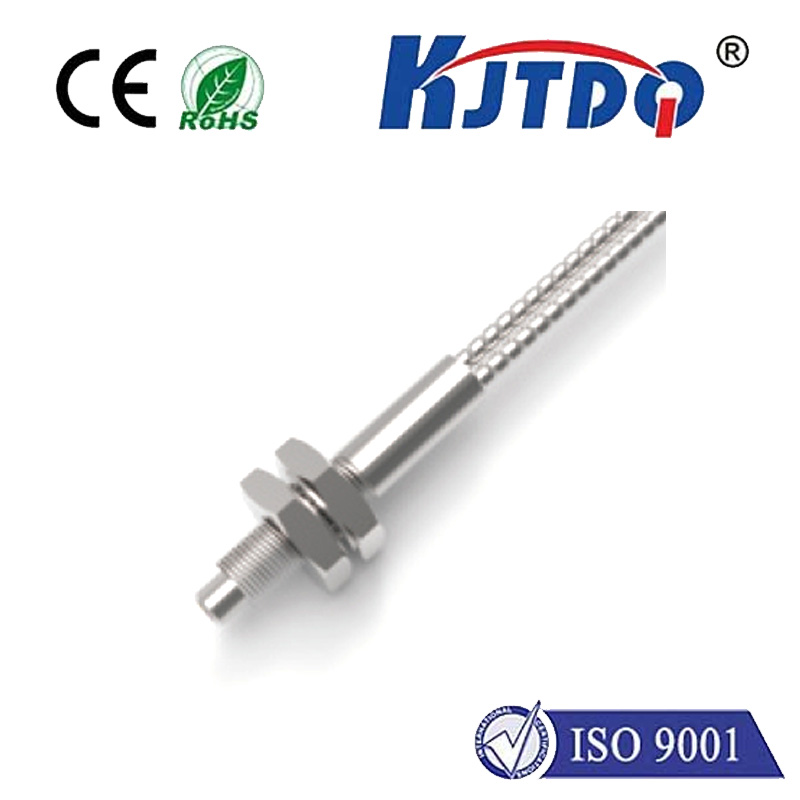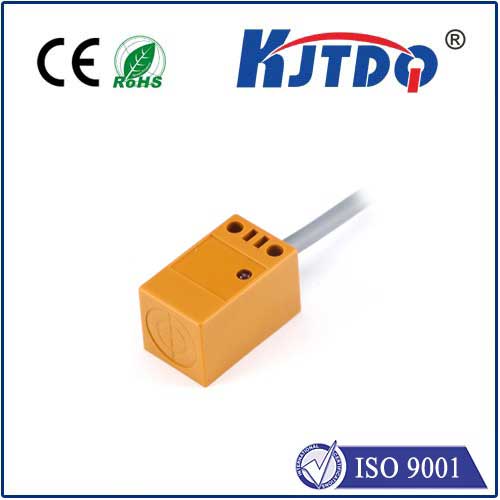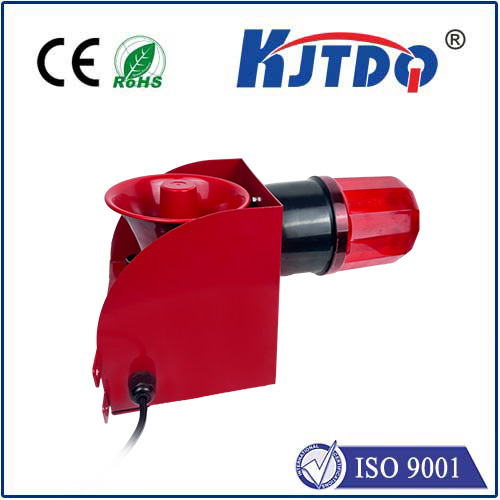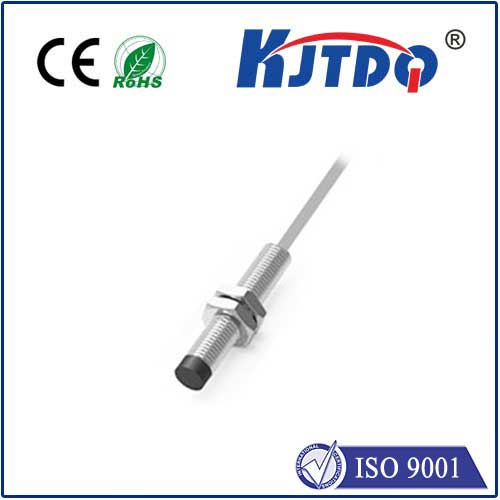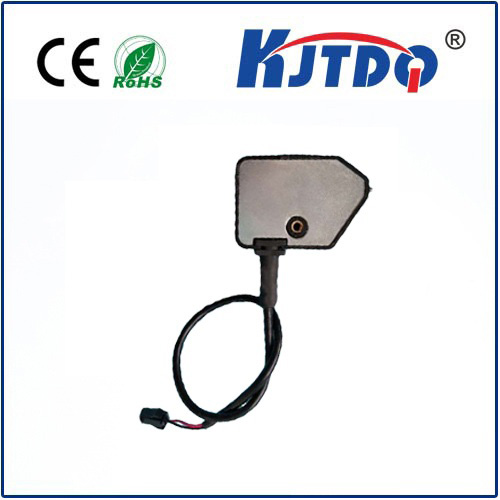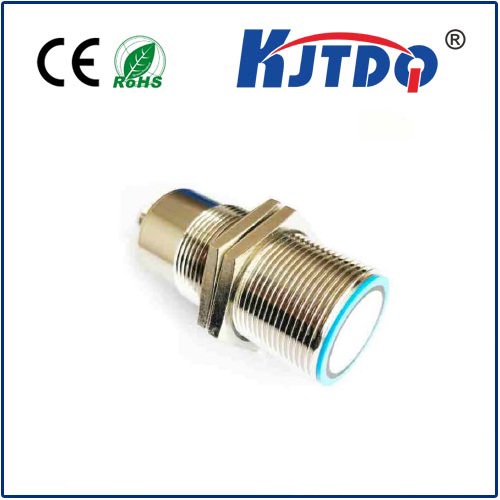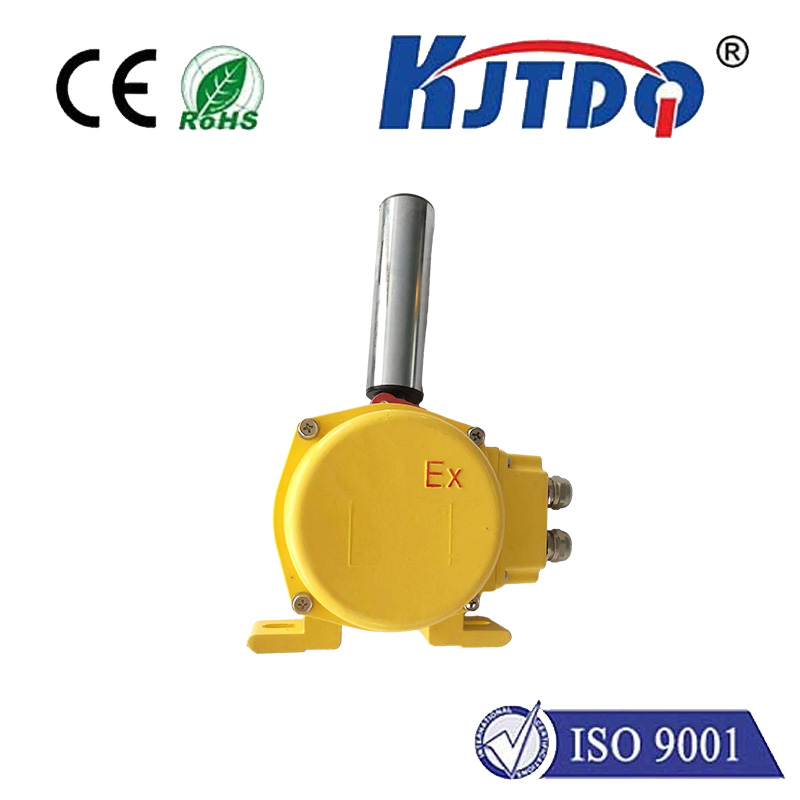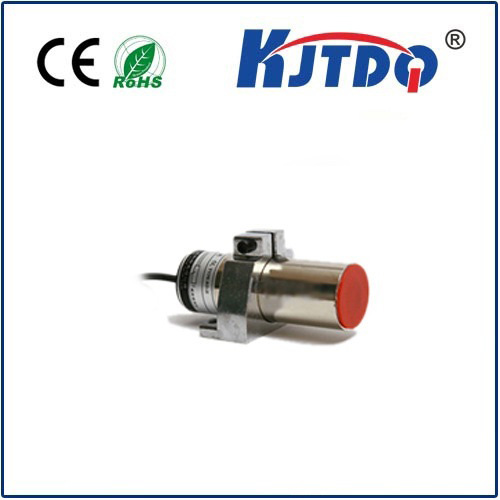
check

check

check

check
Title: Unlocking the Power of Limit Switch Conveyor Belts
In today's industrial landscape, efficiency and productivity are paramount to success. One key component in achieving these goals is the use of limit switches on conveyor belts. These devices serve as crucial safety mechanisms and allow for precise control of the conveyer belt's speed and movement. In this article, we will delve into the importance of limit switches and how they contribute to the optimal performance of conveyor belts.
Section 1: The Role of Limit Switches on Conveyor Belts
A limit switch is a mechanical or electrical device that is placed on or near a conveyor belt to detect the presence of an object or obstruction. When an object comes into contact with the switch, it sends a signal to an operator or control system, which can then take immediate action to prevent damage to the equipment or personnel. This ensures that the conveyor belt operates safely and efficiently, without the risk of accidents or downtime.
Limit switches can be found in various locations on a conveyor belt, depending on their design and intended purpose. Some common types include:
1. Top-tapped switches: Located at the very top of the conveyor belt, these switches are activated when an object comes into contact with them. They are typically used in high-speed applications where there is a need for quick detection and response.
2. Side-mounted switches: Located on one side of the conveyor belt, these switches are often used in applications where objects may pass by from the other side. By detecting both sides of the conveyer belt, side-mounted switches provide more comprehensive coverage and ensure better safety.
3. Integrated sensors: Some conveyor belts are equipped with integrated sensors that can detect the presence of objects directly, without the need for external switches. These sensors can be particularly useful in applications where space is limited or where traditional switches may not be practical.
Regardless of their specific design, all limit switches play a vital role in enhancing the safety and performance of conveyor belts. By providing real-time feedback on the conveyor's state, operators can quickly identify and respond to any issues, preventing costly damage or disruptions.
Section 2: Benefits of Limit Switches on Conveyor Belts
The use of limit switches on conveyor belts offers several benefits, including:
1. Improved Safety: By detecting and preventing collisions with objects or obstacles, limit switches help reduce the risk of injuries and accidents in industrial settings. This is especially important in applications where large volumes of goods are being handled, such as manufacturing plants or ports.
2. Enhanced Productivity: By ensuring smooth and efficient operations, limit switches can boost productivity by reducing downtime caused by equipment malfunctions or delays due to safety concerns. This results in increased output and lower costs for businesses.
3. Versatility: Limit switches can be customized to suit various conveyor belt configurations and application requirements. For example, some systems may require multiple switches to cover different areas of the conveyer belt, while others may rely solely on integrated sensors. This flexibility allows operators to adapt their setups as needed, optimizing performance and safety.
4. Cost-effectiveness: While initial investment costs for limit switches may be higher than traditional safety mechanisms like light curtains or alarms, they offer long-term savings through reduced maintenance and repair expenses. Additionally, by improving safety and productivity, limit switches can help businesses achieve higher levels of profitability over time.
Section 3: Best Practices for Using Limit Switches on Conveyor Belts
To ensure maximum effectiveness and longevity from your limit switches, follow these best practices:
1. Regular Inspections: Conduct regular checks on your limit switches to verify that they are functioning properly and free from wear or damage. Replace any worn out or damaged components promptly to prevent potential safety risks.
2. Proper Installation: Ensure that your limit switches are installed according to manufacturer guidelines and specifications. This includes proper alignment, clearance, and positioning relative to the conveyor belt and other components.
3. Clearance Zones: Set clear zones around your limit switches to provide sufficient space for operators to access and maintain them during operation. Avoid placing switches in areas where they may be obstructed or accidentally triggered by personnel or equipment.
4. User Training: Train your employees on the proper use and care of limit switches, as well as any emergency procedures that should be followed in case of a malfunction or accident. This includes understanding how to activate/deactivate switch functions and identifying potential hazards in the workplace.
Conclusion: With their ability to detect obstacles and protect workers from harm, limit switches play a critical role in ensuring safe and efficient operations on conveyor belts

